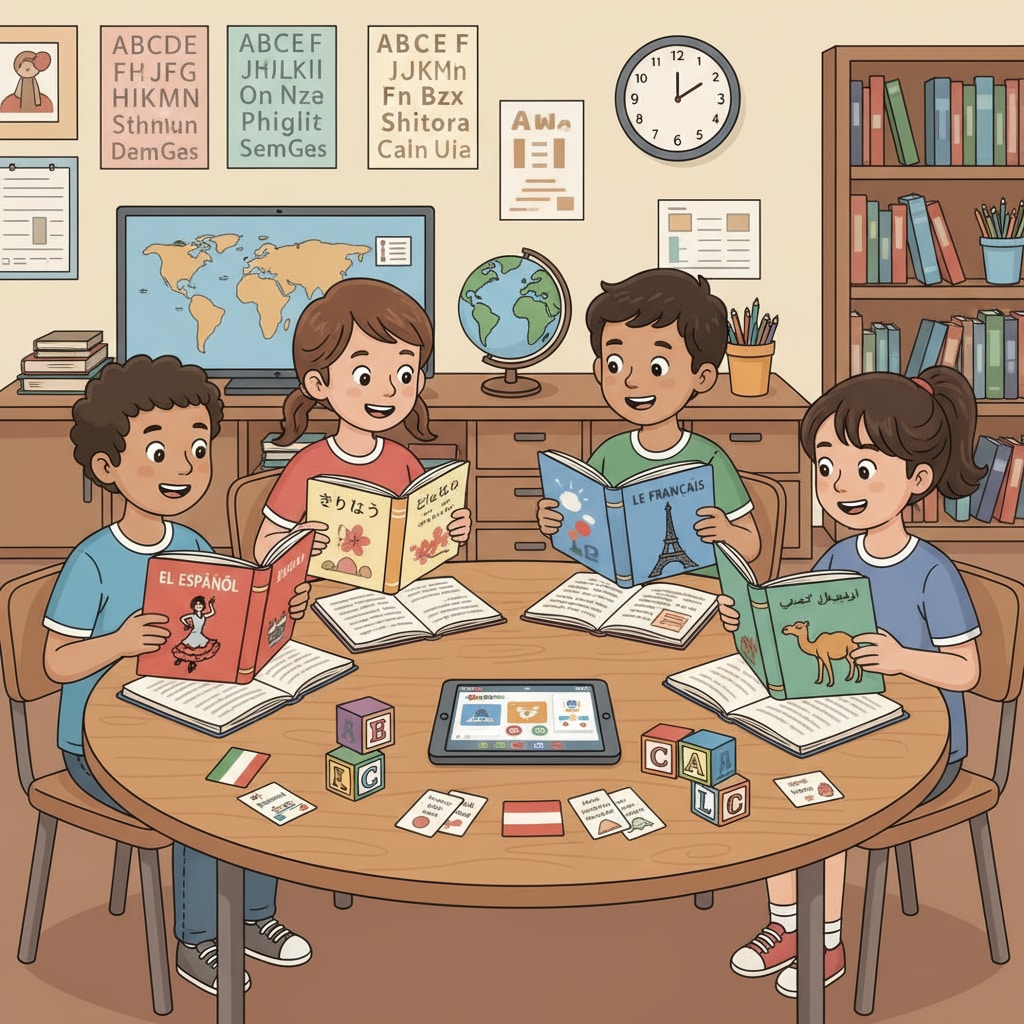Language learning, multilingualism, and learning methods are crucial aspects for K12 students. In today’s globalized world, being able to communicate in multiple languages opens up a world of opportunities. For K12 students, planning and practicing second language learning can be a rewarding yet challenging journey.

Let’s explore how they can embark on this multilingual exploration successfully.
Understanding the Importance of Multilingualism
Multilingualism offers numerous benefits to K12 students. Firstly, it enhances cognitive abilities. Research has shown that bilingual or multilingual individuals often have better problem-solving skills, improved memory, and enhanced creativity. For example, Bilingualism on Britannica states that the constant mental juggling between languages exercises the brain. Secondly, it broadens cultural horizons. Learning a new language exposes students to different cultures, traditions, and ways of thinking, fostering empathy and understanding in a diverse world.
Setting Clear Language Learning Goals
Before starting the second language learning journey, students need to set clear goals. Are they aiming for basic conversational skills, academic proficiency, or something else? Specific goals will guide their learning process. For instance, if a student wants to study abroad in the future, they might set a goal of achieving a certain level of proficiency in the target language as required by the foreign institution. This clarity helps in choosing the right learning resources and strategies.

Effective Learning Strategies
One of the key language learning, multilingualism, and learning methods is immersion. This can be achieved through various means, such as watching movies or TV shows in the target language, listening to music, or even joining language exchange programs. Another strategy is regular practice. Consistent daily practice, even for just 20 – 30 minutes, is more effective than long, infrequent study sessions. Additionally, using flashcards, apps, and online resources can make learning more engaging. For example, apps like Duolingo and Babbel are popular among language learners. Language learning apps on Wikipedia provides a wide range of options.
Readability guidance: By following these strategies and setting clear goals, K12 students can make significant progress in their second language learning. Multilingualism is not only about mastering languages but also about opening doors to new opportunities and cultural understandings. So, start planning and practicing today for a more globally connected future.


